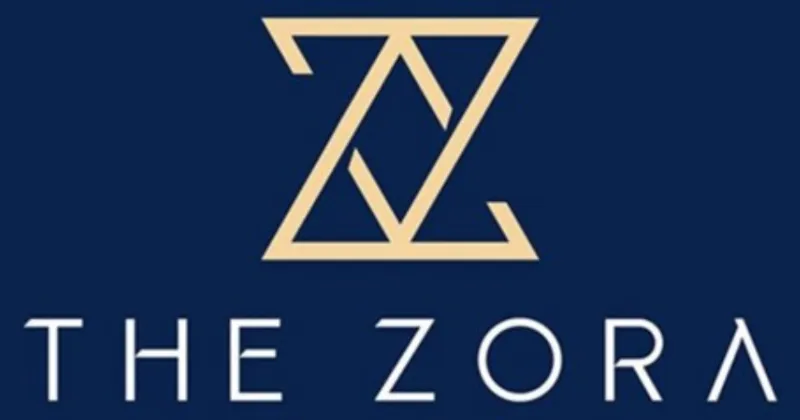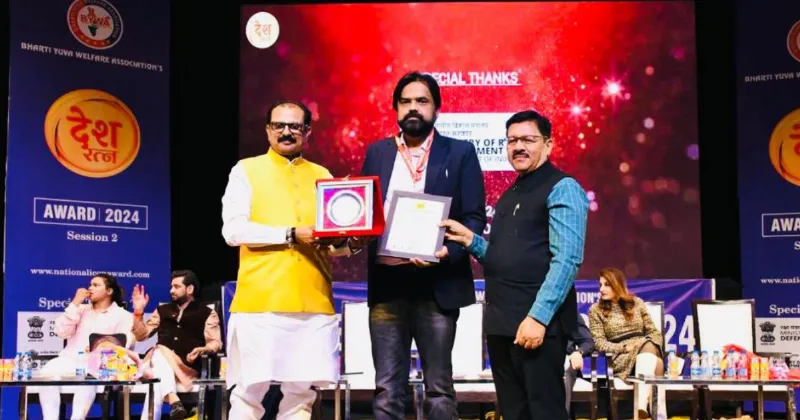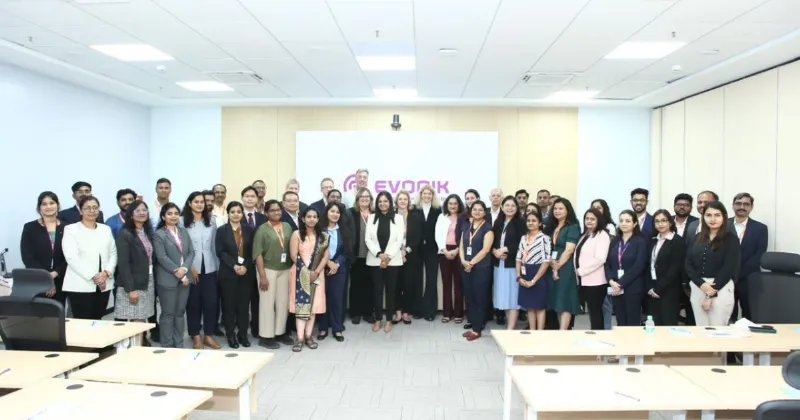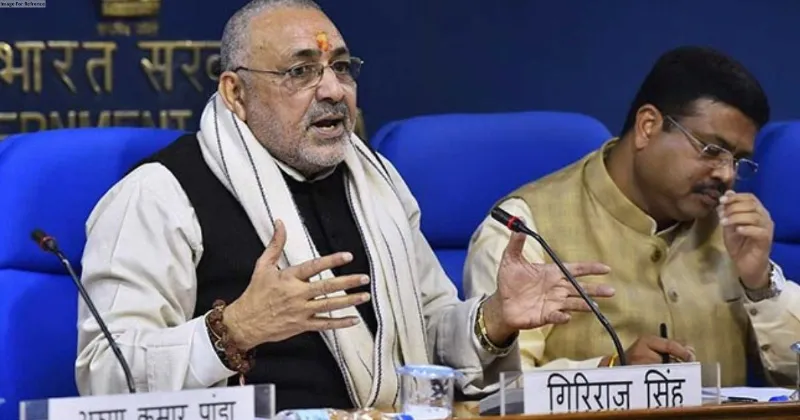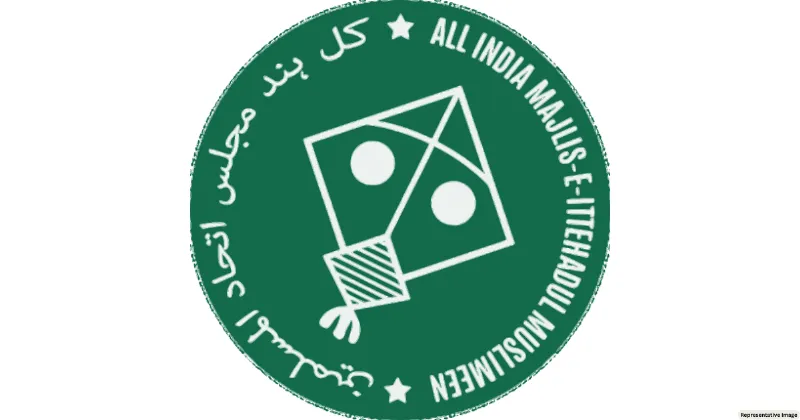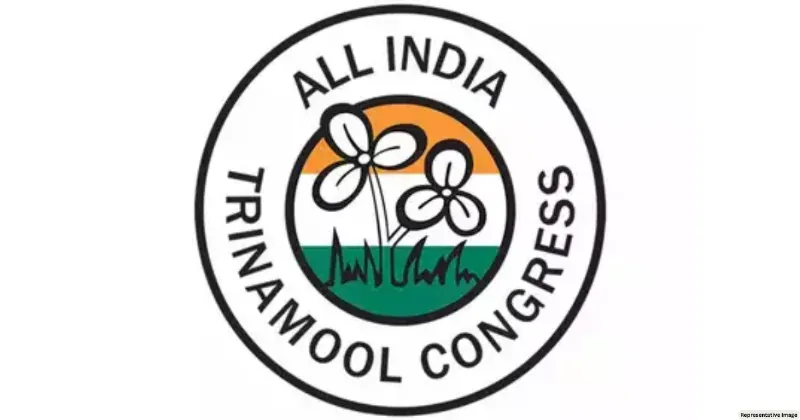Latest News
Insights by Ashoka University Founder Pranav Gupta - Microlearning processes for maximum impact on education

New Delhi: In today's fast-paced world, where information is readily accessible at our fingertips, traditional education models often struggle to keep up with the ever-evolving needs of learners. This has led to the rise of microlearning, a powerful approach that enables students to acquire knowledge in small, easily digestible chunks. The processes of microlearning have gained popularity in recent years due to their ability to deliver maximum impact on education. Pranav Gupta Ashoka University, the Founder, emphasizes the significance of microlearning, stating, “Microlearning acts as the catalyst that ignites the passion for continuous learning, empowering individuals to acquire knowledge in small but impactful doses. It empowers learners to take charge of their education, making learning a seamless part of their daily lives.”
What is Microlearning?
Microlearning is an instructional approach that involves breaking down complex topics into bite-sized, focused learning units. These units, often in the form of short videos, quizzes, or interactive modules, are designed to deliver specific learning objectives efficiently. By providing concise and targeted content, microlearning enables learners to engage in self-paced, personalized learning experiences.
Advantages of Microlearning
Enhanced Retention: The human brain is wired to process information better when it is presented in smaller, manageable portions. Microlearning capitalizes on this fact by delivering content in bite-sized modules. This approach improves information retention, as learners can focus on a single concept without feeling overwhelmed.
Flexibility and Accessibility: Microlearning offers learners the flexibility to access educational content whenever and wherever they want. With the increasing popularity of mobile devices, learners can access microlearning modules on their smartphones or tablets, eliminating the constraints of time and location.
Personalized Learning: Every learner has unique needs and preferences. Microlearning caters to these individual requirements by allowing learners to choose specific topics or skills they wish to acquire. Whether it is learning a new language, developing programming skills, or enhancing financial literacy, microlearning modules offer learners the freedom to tailor their learning experiences. Pranav Gupta shares, “Microlearning puts the learner in the driver's seat, allowing them to design their educational journey according to their personal interests and goals. It ensures that knowledge is retained in the long term, allowing learners to build a solid foundation of understanding.”
Implementing Microlearning in Education
To leverage the full potential of microlearning, educational institutions and instructors must adopt effective strategies for implementation. Before designing microlearning modules, it is crucial to define clear learning objectives. This ensures that the content remains focused and aligned with the desired outcomes. Well-defined learning objectives serve as guiding stars by leading learners on a path of continuous growth.
Microlearning thrives on engaging multimedia content. Utilize videos, infographics, quizzes, and interactive elements to make the learning experience more immersive and make the learning process an enjoyable journey. Microlearning processes have emerged as a potent tool for transforming education by providing personalized, accessible, and engaging learning experiences. As Pranav Gupta of Ashoka University highlights, “Microlearning is not just a trend; it is a paradigm shift that has the potential to revolutionize education and unlock the full potential of every learner. It ensures that knowledge is retained in the long term, allowing learners to build a solid foundation of understanding.”
*********************************************

